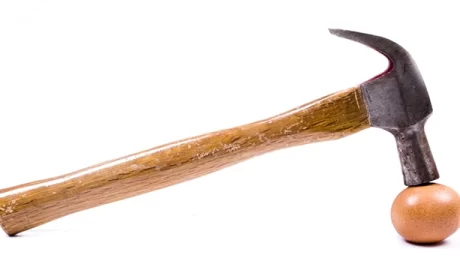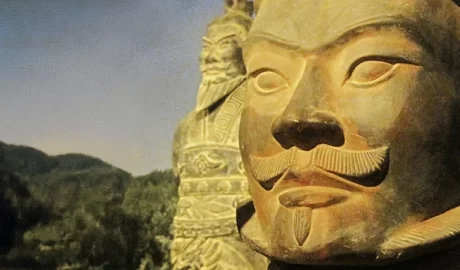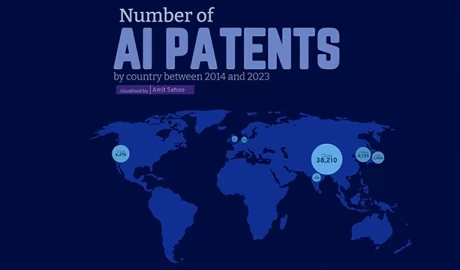Technology, Asia, and China’s Yunnan Province
Image: icon0 com, Morning Sunlight Mekong River
(Publicdomainpictures.net)
In early December, hundreds of leading scientists and entrepreneurs from around the world attended a forum held in Yunnan, a province located in southwest China, to discuss artificial intelligence, life sciences, and many other topics having a great and increasing impact on our lives. Why was such an important forum not organized in Shenzhen or Hangzhou but rather in an inland province that is better known for its rich cultural heritage? The answer lies in the unique role Yunnan played during the Second World War and its strategic importance to China today.Read this article






























